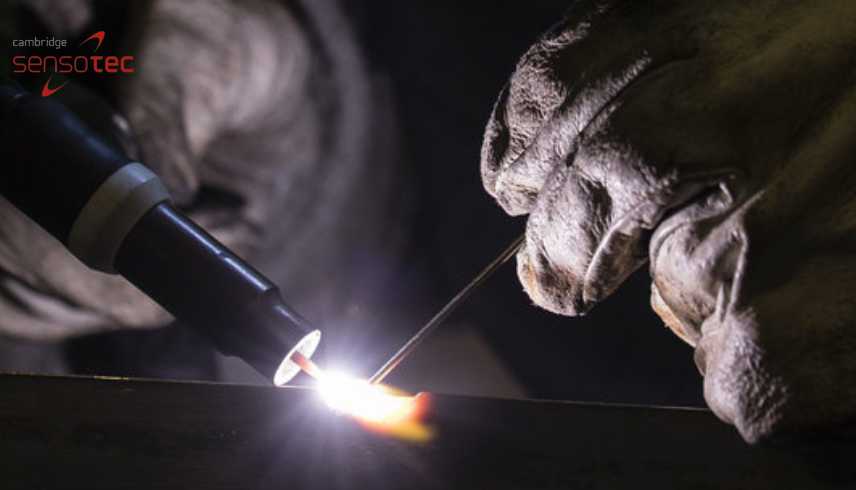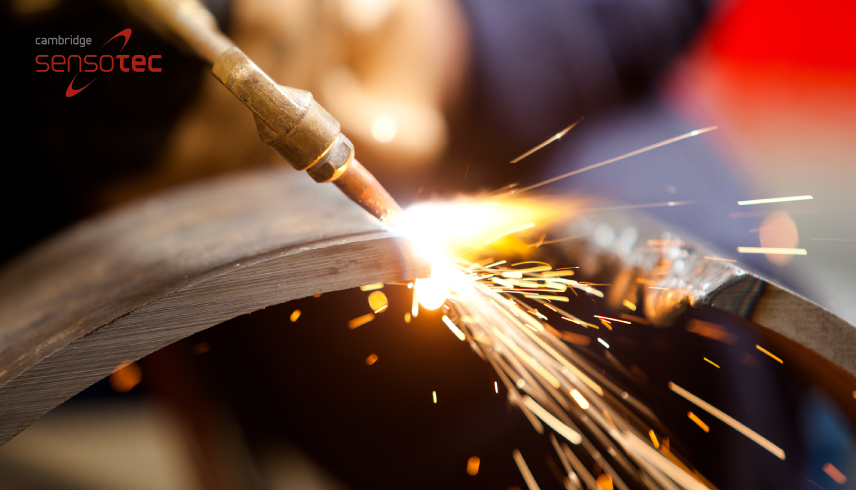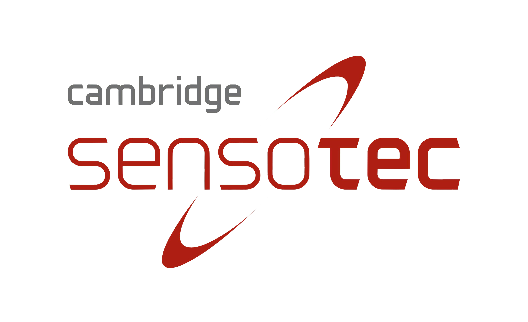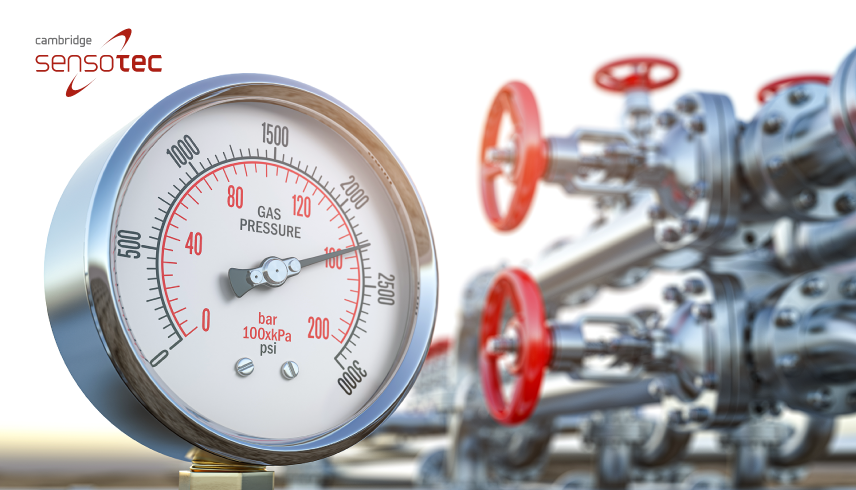

Oxygen Analysis in Metals: Understanding the Key Aspects and Innovations
Introduction to Oxygen Analysis in Metals
Oxygen analysis in metals is an integral aspect of metallurgy, playing a pivotal role in determining metal quality and its ensuing applications. Most notably in the formation and control of alphacase oxide layers in titanium component manufacture. This article seeks to delve into the details of oxygen analysis and shed light on the remarkable innovations brought forward by Cambridge Sensotec in this realm.
The Importance of Oxygen Analysis
Oxygen levels significantly influence the properties of metals, affecting their hardness, brittleness, and tensile strength. This is most important in the manufacture of titanium metal components such as jet engine turbine blades. By conducting an accurate analysis at ppm levels, we can control metal characteristics and enhance the quality of the final product. Thus, oxygen analysis is a critical process in industries such as aerospace, automotive, and construction, where metal integrity is paramount.
The Evolution of Oxygen Analysis in the Metal Industry
Over the years, oxygen analysis methods have evolved considerably, with modern techniques offering high precision and improved efficiency. Among the pioneering companies leading these advancements,
Cambridge Sensotec stands out, offering groundbreaking solutions for oxygen analysis of the gases used around metals when they are being processed and formed into components.
Understanding the Oxygen-Metal Relationship
The interaction between oxygen and metal has profound implications, influencing both the metal’s properties and its end-use. Let’s explore this relationship in greater detail.
The Role of Oxygen in Metal Properties
Oxygen is a potent element that can alter metal properties substantially. High levels can increase a metal’s hardness and brittleness but can decrease tensile strength and ductility. Understanding and controlling the oxygen content within metals is, therefore, key to achieving desired material characteristics. A particularly good example is titanium which can absorb large amounts of oxygen into the metal structure without is actually becoming an oxide.
At temperatures exceeding 480°C titanium alloys generally oxidise and form a hard and brittle layer enriched with oxygen, which is called alpha-case. This layer has very negative effects on several mechanical properties and lowers the tensile ductility and the fatigue resistance. Therefore any alpha-case formed on titanium alloys during various manufacturing processes, such as heat treatment procedures, must be removed before the final part is used. In the case of fan blades used in jet engines, the formation of alpha-case has to be monitored extremely carefully otherwise the blades are not strong enough to survive the rigors of being in the engine operating at high speeds.
Companies such as Rolls Royce go to extreme measures to monitor the oxygen levels in the process gas during the blade manufacture and this is done using a Cambridge Sensotec Rapidox oxygen gas analyser. If the oxygen levels are too high the blade has to be either re-worked or even scrapped altogether.
Implications of High Oxygen Levels in Metals
Excessive oxygen can compromise the integrity of metals, leading to defects such as pores and cracks resulting in premature failure. These can significantly reduce a metal’s structural integrity, making accurate oxygen analysis a necessity for ensuring high-quality metal production.
Effect of Oxygen on Different Types of Metals
The impact of oxygen varies across different metals. For instance, in steel, oxygen can form iron oxides, reducing ductility and toughness. Meanwhile, in titanium and aluminium, high oxygen content can lead to increased brittleness. The diverse effects underscore the need for precise oxygen analysis.
Cambridge Sensotec
Cambridge Sensotec is a leading global provider of gas analysis equipment, renowned for its innovative and reliable solutions. With its state-of-the-art gas measurement technologies, the company has made significant strides in enhancing the accuracy and efficiency of oxygen analysis, especially in metal heat treatment and metal production. Their range of Rapidox gas analysers can measure minuscule amounts of oxygen in an inert gas right down to 10E-20ppm or even lower in some special cases. The machines provide instant high-speed analysis of the process gas allowing for corrective measures to be actioned should the O2 levels change outside the accepted parameters.
Challenges and Solutions in Oxygen Analysis
Despite advancements, certain challenges persist in oxygen analysis. Let’s delve into these issues and how Cambridge Sensotec’s products address them.
Common Challenges for Oxygen Analysis in Metals
These challenges can range from difficulties in obtaining representative samples, variations in results due to differences in analysis techniques, and issues arising from the presence of other gases. Often the process involves a lot of heat and is often quite dirty meaning that any test equipment needs to be rugged and capable of surviving in these conditions.
Cambridge Sensotec’s Solutions to These Challenges
Cambridge Sensotec’s products, especially the Rapidox series, have been designed with these challenges in mind. The company’s solutions offer high precision, reliability, and repeatability, effectively overcoming common issues in oxygen analysis. The analysers are constructed in tough hard wearing instrument cases or IP-rated wall mount boxes and have sensors that can work in temperatures in excess of 600°C. Bespoke cables allow the instruments to be located up to 25m from the sensor head location. Pressure and temperature as well as water (as dewpoint) can also be measured with a Rapidox oxygen gas analyser.
Cambridge Sensotec’s Innovations in Oxygen Analysis
Cambridge Sensotec has consistently pushed the envelope in oxygen analysis technology, introducing advanced equipment and methods that improve the efficiency and accuracy of analysis. There are a variety of oxygen sensors available to suit most applications including vacuum, high temperature, flammable gases etc.
The Rapidox Series
A flagship innovation by Cambridge Sensotec is the Rapidox Series of gas analysers. These devices offer unparalleled speed, precision, and ease of use in oxygen analysis as well as other gases such as carbon dioxide, carbon monoxide, hydrogen and methane.
Key Features of the Rapidox Series
The Rapidox analysers boast of features such as a long life accurate sensors, easy user-calibration, intuitive touch-screen interface, multi-language support, data-logging functionality, and robust construction for use in demanding environments. All analysers are supplied with bespoke data-logging software to connect to a Windows PC. The oxygen sensors offer “hot swap” technology to minimise disruption and down-time when a sensor needs to be changed.
Diverse Applications of the Rapidox Series
The Rapidox analysers have found wide-ranging applications, including metal production, solder reflow, petrochemical research, and additive manufacturing, to name a few.
The Benefits of Using Cambridge Sensotec’s Products
Cambridge Sensotec’s solutions offer many advantages, including enhanced analysis speed, increased accuracy, and improved process control. Many sensors can be supplied pre-calibrated with Certificates a pre-requisite to remove the need to maintain expensive cal gas bottles. These benefits translate into higher quality metals and more efficient production processes.
How Cambridge Sensotec is Leading the Way
With its innovative solutions, dedication to quality and after-sales service and support, and commitment to driving the future of oxygen analysis, Cambridge Sensotec is truly leading the way in this critical field. Through its efforts, the company is not only contributing to the advancement of oxygen analysis but also shaping the future of the metal industry as a whole.
Future Trends in Oxygen Analysis
As the metal industry continues to evolve, so do the technologies and techniques used for oxygen analysis.
Technological Advancements on the Horizon
From AI-powered systems for better analysis control to real-time analysis tools, several exciting advancements are on the horizon that promise to further revolutionize oxygen analysis in metals.
The Role of Cambridge Sensotec in Shaping the Future of Oxygen Analysis
Cambridge Sensotec continues to be at the forefront of these advancements, driving innovation, and shaping the future of oxygen analysis. The company devotes 25% of it’s workforce to research and development of new products and innovations. In 2023 alone the company saw the launch of three new gas analysers, with two new versions including the first SIL2 rated Rapidox oxygen analyser set for launch before the end of the year.
The Increasing Relevance of Oxygen Analysis in Metals
The importance of oxygen analysis in metals cannot be overstated. As our understanding of the oxygen-metal relationship deepens, and as technological advancements continue to enhance our ability to control and measure oxygen content in metals, the relevance of this process is only set to increase.


